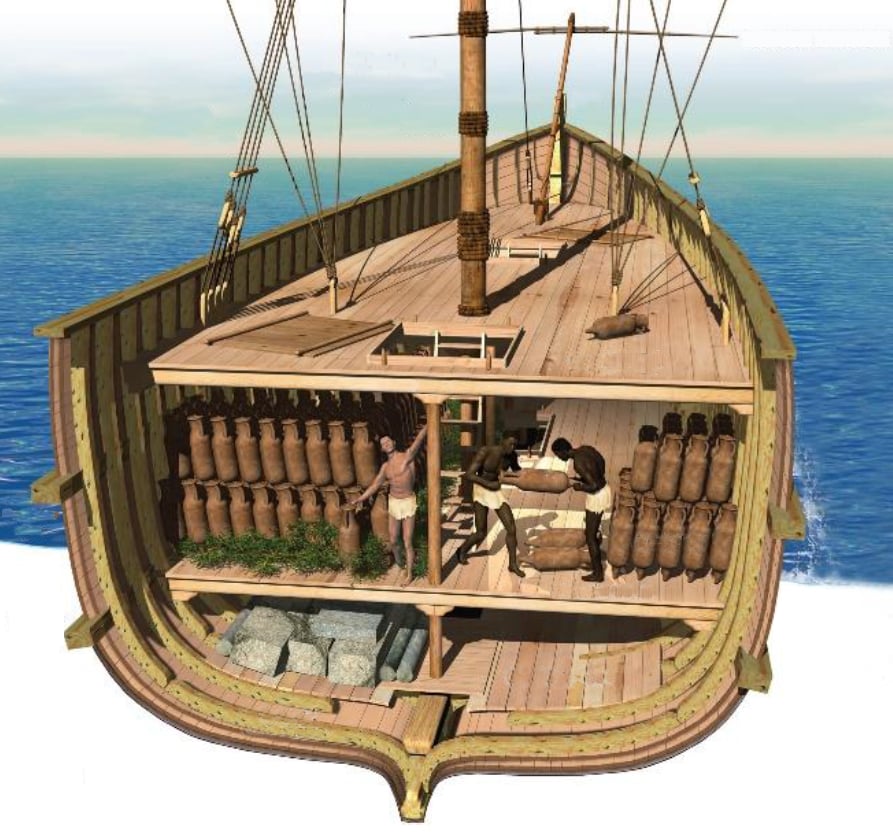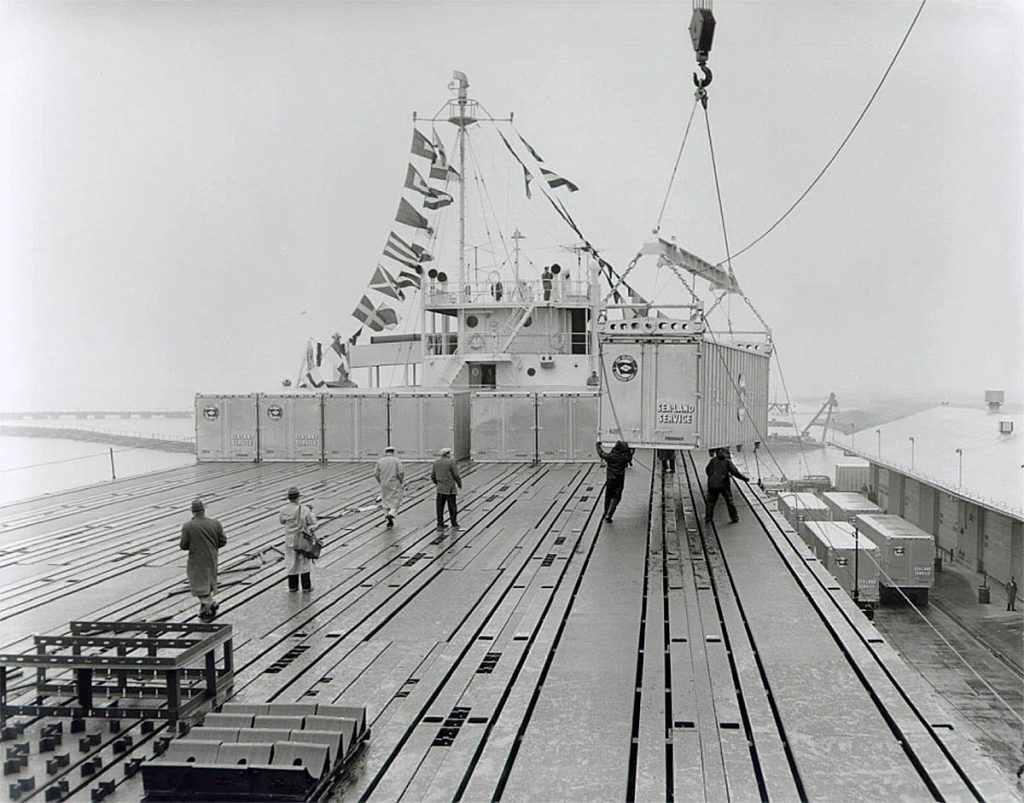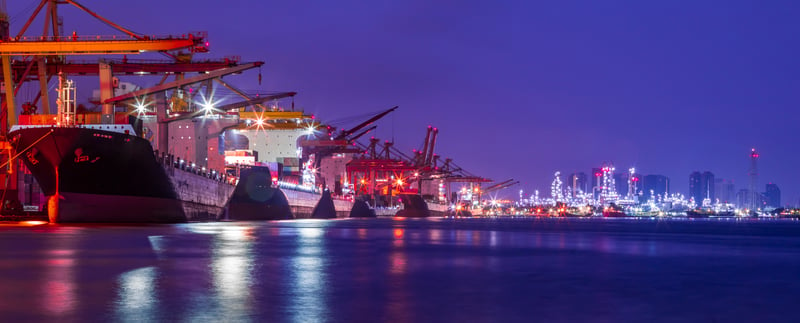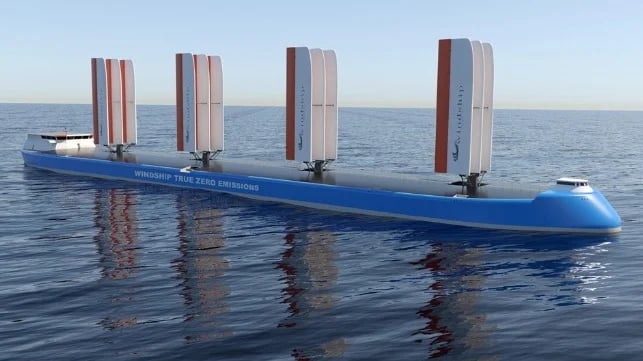The shipment of cargo has been around for centuries, but did you know just how far it dates back, and how it began?
The initial idea of shipping started back in the 3rd Century BC, when it was realised that sending products overseas was both cheaper and faster than by land.

Before this time, goods were often loaded onto ships in sacks, barrels and wooden crates with tens of dock workers squeezed alongside, on decks in or tight spaces below.
So, let’s start at the beginning.
The year is 1931, it is February and the world's first container ship was launched.
Called the Autocarrier, it was owned by Southern Railway UK and had 21 slots for containers.
The Autocarrier was brought to life by Malcolm McLean - a businessman from North Carolina. He originally purchased a second-hand truck in 1934, and transformed it into a fleet of approximately 1,800 trucks - the largest in the South, and 5th largest in the nation.
Between 1956 and 1960, container shipping became international, transatlantic and transpacific. By the time it was 1968, when intermodal container shipping had been proven, the container fleet had rapidly expanded.

From then on, shipping only modernised as standardised containers were built. Container ships kept growing to the sizes we know of them to be today, with roughly 90% of all goods to be sent by sea freight.
Fast forward to the present day, ships have never been so technologically advanced, sophisticated and safer.
What does the future of sea freight look like?
It is forecasted that, between 2020 and 2028, the global container shipping marketing will grow at a compound annual growth rate of 12%.

The shipping industry is continually changing and adapting to meet the needs of the marketplace, to become more competitive and cost-effective. Being a massive, complex industry, it is frequently under pressure of being affected by global trends and advances in technology, materials and fuels.
The 3 biggest developments predicted for the future of sea freight:
1.Digital sensoring
Ships of the future will have a complete network of sensors to measure all aspects of operations, including detecting faults and identifying areas needing maintenance or repair. Increasingly powerful ship to shore communications will mean that most aspects of the ship’s operation can be controlled by a land-based team of fleet managers.
2. Greener and more sustainable shipping
There is constant pressure to reduce the carbon footprint of the world’s shipping fleets, and this will only increase into the future. Technologies are being explored including low carbon fuels, more streamlined hulls, more efficient propeller design, improved voyage planning to make savings on fuels, better hull coatings and even air cushions to reduce friction.
3. Solar and wind power for ships
The shipping industry is exploring renewable energy to power the fleets of the future. Some of this technology is already being trialled and tested.

There is a very exciting future for maritime technology; there is no form of transport that will ever match or replace shipping.

